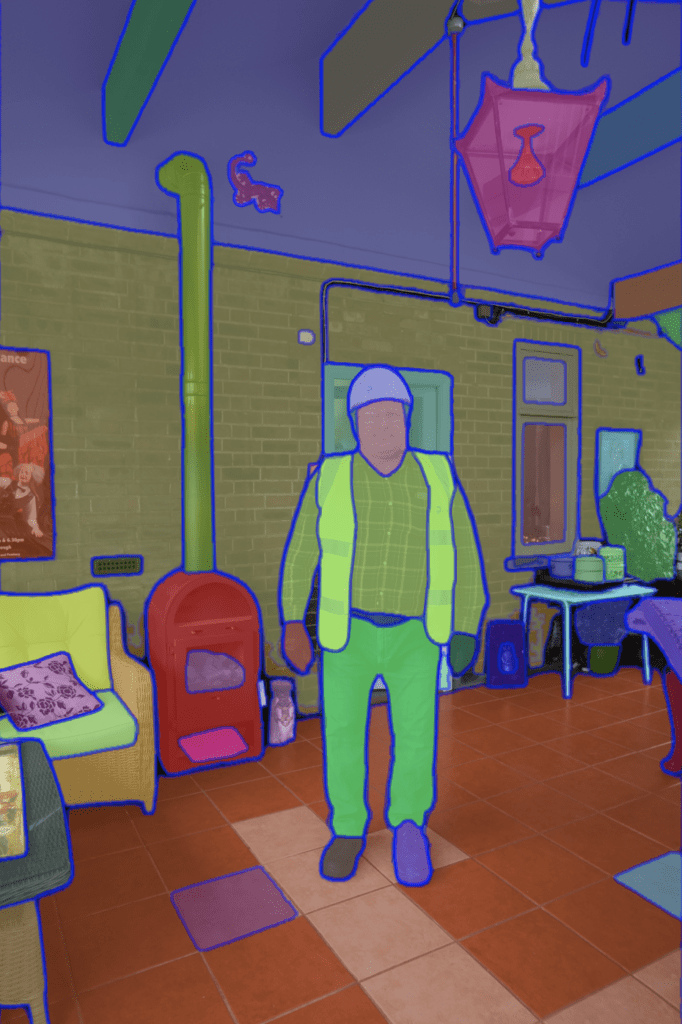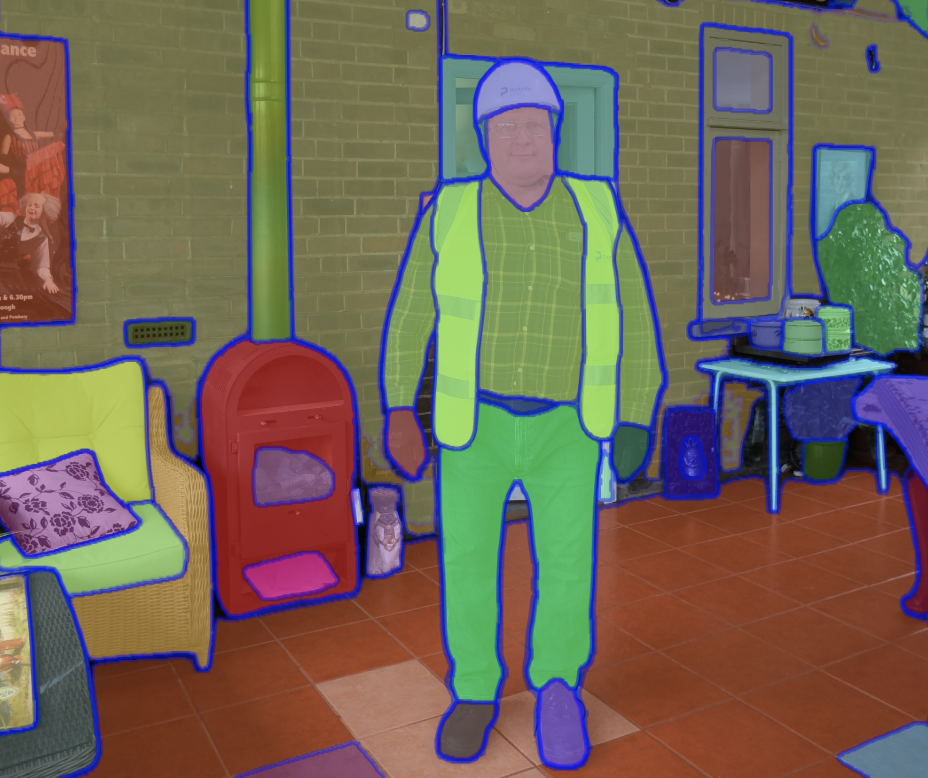Computer vision applications are booming quickly across multiple industries, becoming an imperative part of digital transformation and technological development. For years, people dreamed of creating machines with human intelligence, those that can think, see and act like humans. One of the fascinating ideas was to enable computers to visualize and interpret the world around them. All thanks to advancements in AI and deep learning that technology has taken a huge leap toward replicating and integrating human visual systems into our everyday lives.
The Fiction of the Past has Become the Fact of Today.
What is Computer Vision? Computer vision is a field of artificial intelligence that creates digital systems to process, analyze and make sense of visual data – just like humans do. The concept is to train computers to process an image to the pixel level, understand it and depict results through special software algorithms.
Today, computer vision is central to many state-of-the-art tech revolutions; including drones, augmented reality, facial recognition, self-driving cars, and much more. With that said, the global market of computer vision solutions is likely to grow to $19.1 billion by 2027. The key drivers behind the surge in computer vision applications are innovative hardware, the COVID-19 crisis, innovations in deep learning algorithms, affordable computing power, and growth in visual data due to rapidly spreading mobile technology.
Here are some amazing and astonishing tricks that present-day computer vision is capable of doing.
Object Classification: The system uses binary classification to parse visual content and classify the object in the given photo/video to the defined category. To simplify, a system can find a dog or tourist attraction among all other objects in the image.
Object Identification: The system analyses the photo/ video and identifies a particular object. For example, computer vision encloses a black color cat into a bounding box standing among all-white cats.
Semantic Segmentation: The system analyze every pixel of an image and associates it with a class label by highlighting each object like a car, person, and cat with masks of various colors.
Object Tracking: In this, the system processes the whole video to find an object that matches your search criteria and tracks its movement.
The computer vision system uses the same technique that we “Humans” use to solve a jigsaw puzzle. It was supposed to mimic the human brain function and it seems pretty successful in this effort. Just like our brains rely on patterns to decode individual objects, computers process a massive amount of data based on pattern recognition. For example, if we send millions of flower images to the computer, it will analyze them, identify similar patterns in all flowers, and will save them in its memory. In this way, it will accurately detect that this particular image is a specific flower every time you send it the pictures.
Bottom Line
That is just the tip of the iceberg. The applications of computer vision are accelerating at a rapid pace over the decade and are expected to reach frantic levels in the coming years by overpowering almost every field of life.




